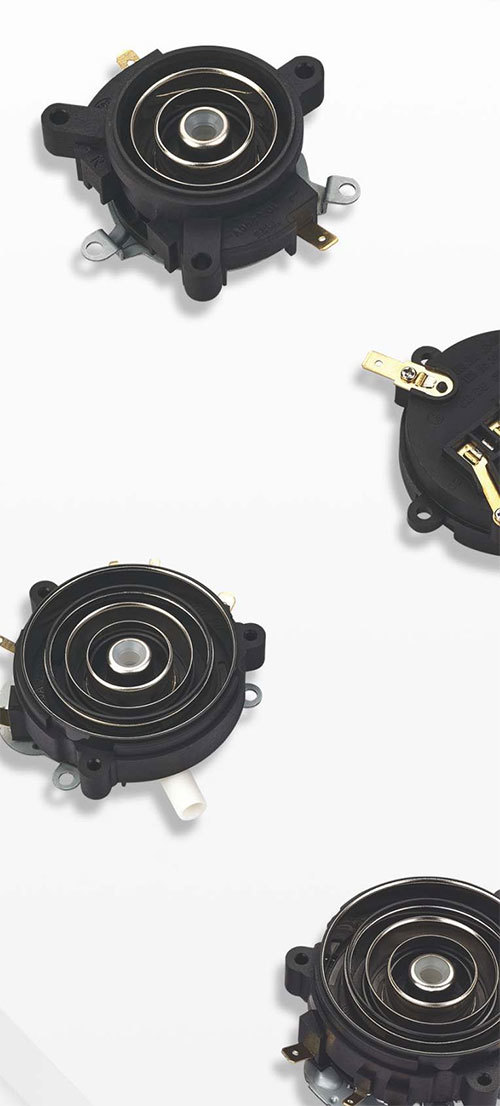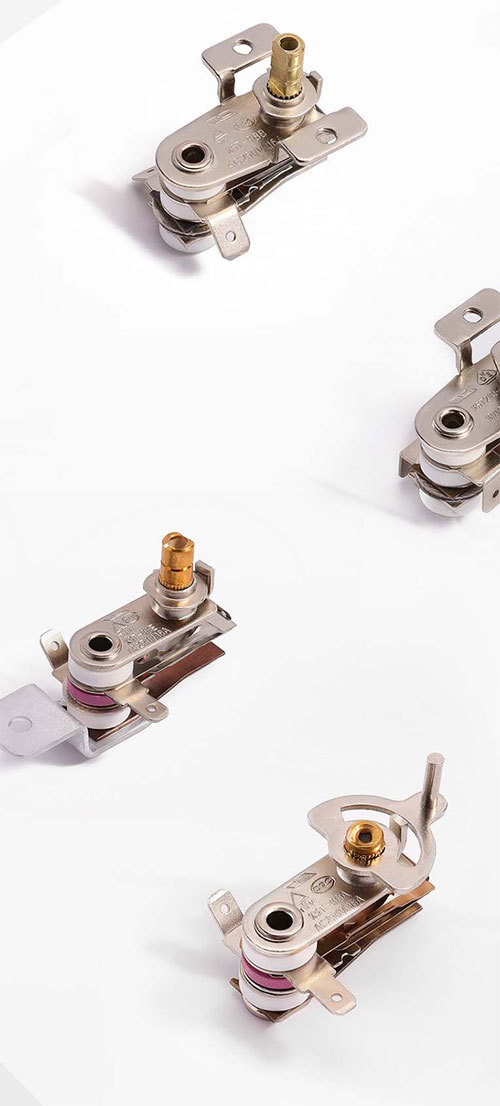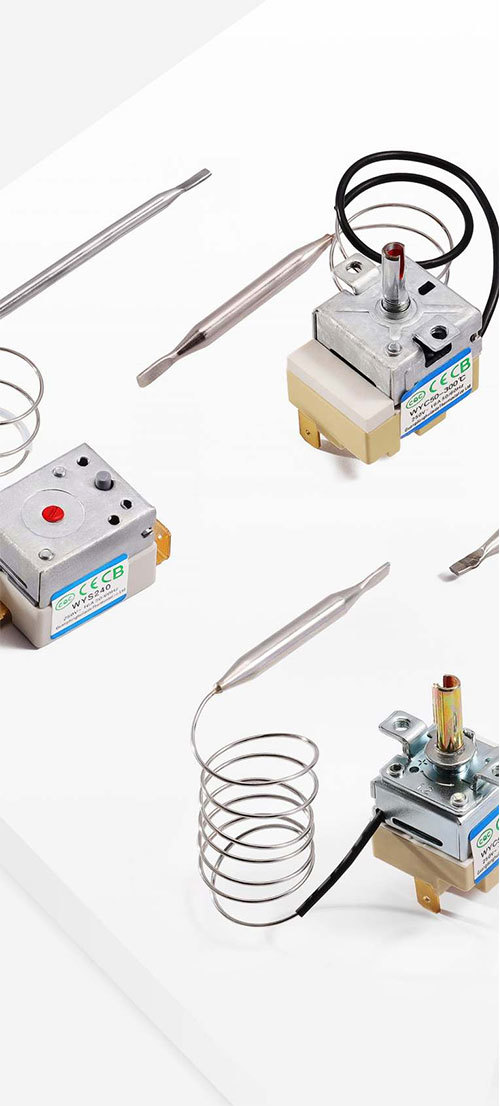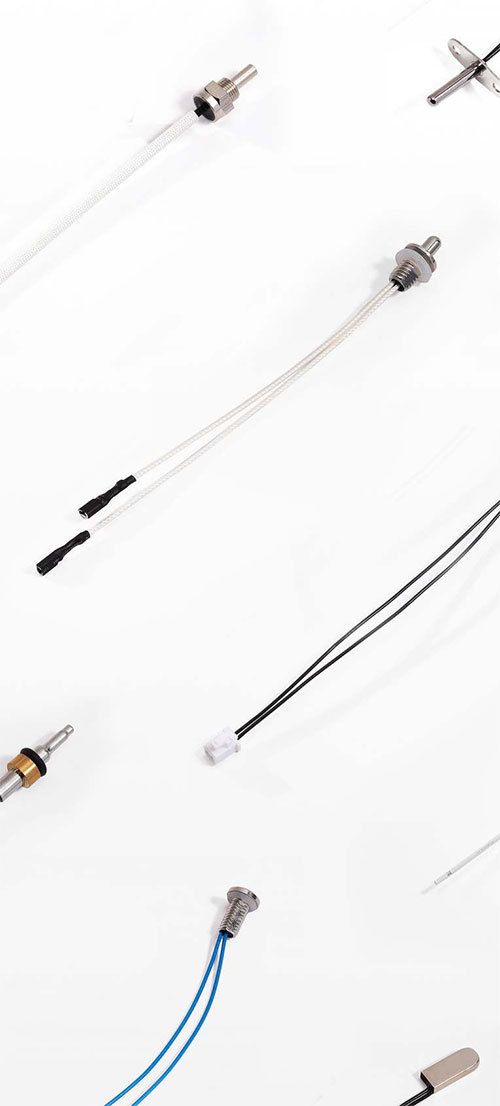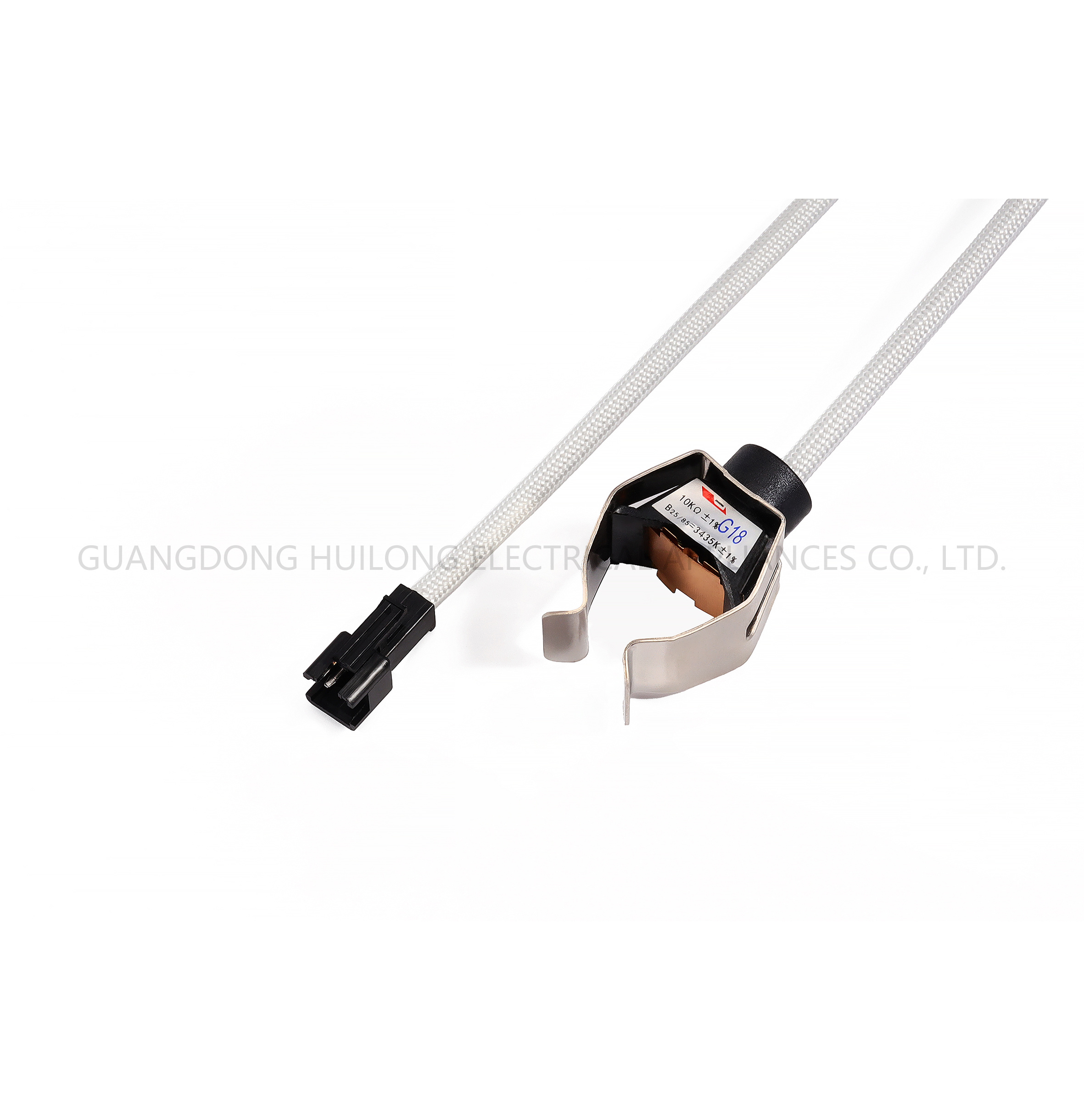Understanding Coolant Temperature Sensors: Their Role and Importance in Automotive Systems
Classification: knowledge
Time:2025-07-09
The most common types of coolant temperature sensors are thermistor-based sensors, which utilize the principle that the resistance of certain materials changes with temperature. As the coolant flows through the engine, the sensor measures its temperature and converts this information into an electrical signal that the ECU can interpret. This data is essential for maintaining the engine's operating temperature within an ideal range, as overheating can lead to severe engine damage and reduced lifespan.
One of the key benefits of using a coolant temperature sensor is improved fuel efficiency. By accurately measuring the coolant temperature, the ECU can adjust the air-to-fuel ratio for optimal combustion. This means that when the engine is cold, the ECU can enrich the fuel mixture to ensure smooth operation during startup. Conversely, as the engine reaches its optimal operating temperature, the ECU can lean out the mixture, improving fuel economy and reducing emissions.
Additionally, coolant temperature sensors contribute to the overall safety of the vehicle. An overheating engine can lead to catastrophic failures, including head gasket leaks or even engine seizure. With a reliable coolant temperature sensor, the ECU can trigger warning lights or alerts when temperatures exceed safe levels, allowing the driver to take action before damage occurs.
These sensors are typically installed near the engine block, where they can accurately gauge the temperature of the coolant as it circulates. Regular maintenance and inspection of these sensors are essential, as a malfunctioning coolant temperature sensor can lead to a range of issues, including poor fuel economy, increased emissions, and potential engine damage.
In conclusion, coolant temperature sensors are an indispensable component of modern automotive systems. By providing critical temperature data, they help ensure optimal engine performance, improve fuel efficiency, and enhance vehicle safety. Understanding their function and maintaining their reliability can significantly contribute to the longevity and efficiency of your vehicle.
Keyword: Understanding Coolant Temperature Sensors: Their Role and Importance in Automotive Systems
RELATED INFORMATION
Understanding Coolant Temperature Sensors: Their Role and Importance in Automotive Systems
Coolant temperature sensors play a critical role in the functioning of automotive engines, ensuring optimal performance and efficiency. These sensors are designed to monitor the temperature of the engine coolant, which is the fluid responsible for regulating the engine's temperature and preventing overheating. By providing real-time data about coolant temperature, these sensors help the engine con
2025/07/09
Understanding the Role of a Coolant Temperature Sensor in Engine Performance
Understanding the Role of a Coolant Temperature Sensor in Engine Performance Table of Contents 1. Introduction to Coolant Temperature Sensors 2. The Function of Coolant Temperature Sensors in Engines 3. Types of Coolant Temperature Sensors 4. Importance of Coolant Temperature Sensors in Engine Performance 5. Effects of Malfunctioning Coolant Temperature Sensors 6. Maintena
2025/07/02



